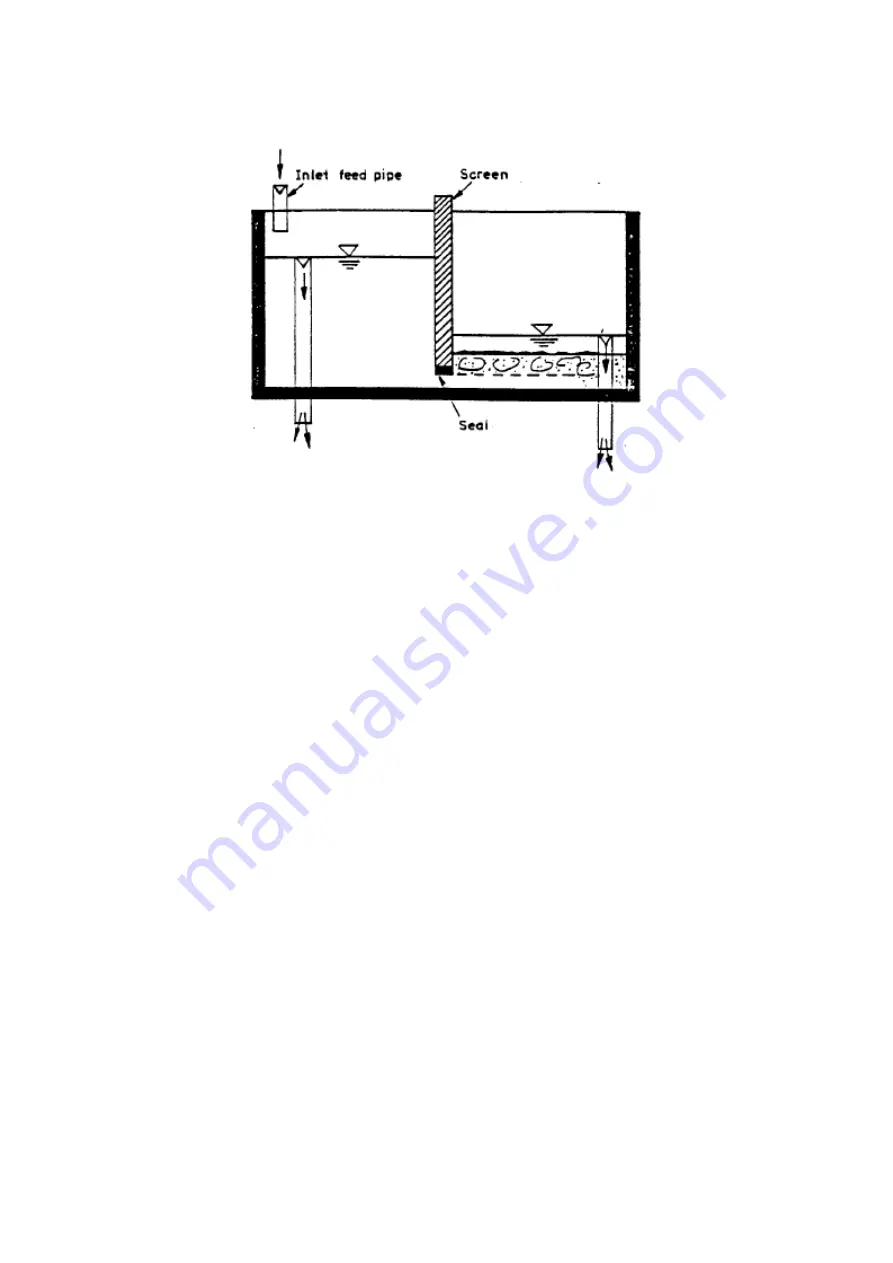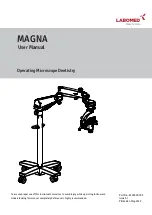
39
Exercise J - Quicksand
Objective
Quicksand develops when, in a saturated mass of sand, the uplift pressure reaches
the weight of the sand body. The sand then starts to "float" and loses all its natural
stability. It frequently occurs at the bottom of wells and downstream of engineering
structures serving as water dams. The occurrence of quicksand, or "quick", always
indicates a very dangerous situation for nearby structures which lose the support of
the underlying material and collapse.
The objective of this experiment is to demonstrate the formation and behaviour of the
"quick".
Equipment Set Up
The perforated metal sheet with its bent edges down, is laid on the tank bottom so
that there is about 38mm free space between the plate and the bottom. The
impermeable membrane is then adjusted in a vertical position at the upstream end of
the perforated sheet so that the lower end of the former rests on top of the latter. The
contact area between the two plates should be sealed off. The space downstream of
the vertical plate is then filled with sand to about 75mm depth. The sand rests on the
perforated plate and at the far end of tank on the tank bottom. The downstream
overflow is adjusted to about 25mm above the sand surface while the upstream
overflow is set about 50mm below the top of the tank.
Water is poured into the upper pool at a moderate rate which, however, must be
higher than the rate of seepage in order that the level in the upper pool keeps rising
slowly.
At some point the sand exposed in the lower basin to the uplift pressure of the
vertically penetrating water, starts showing a pattern of instability.
Its surface will look something like boiling water and periodically vortices will form,
travel across the sand surface, then disappear.
At this point the head difference between the two water pools is correct and water
input should be so adjusted so as to keep it constant. The sand is now under the







































